Made by hand: Jacob Brillhart dissects the early travel sketches of Le Corbusier
From buildings to urban planning to furniture, there may not be a more influential figure in modern architecture and design than Le Corbusier. Yet the man born Charles-Édouard Jeanneret in Switzerland in 1887 never attended university and had no formal architectural training. What he did have, however, was a voracious mind, and mentors who encouraged him during his teens and early 20s to travel around Europe and Turkey and draw draw draw.

From buildings to urban planning to furniture, there may not be a more influential figure in modern architecture and design than Le Corbusier. Yet the man born Charles-Édouard Jeanneret in Switzerland in 1887 never attended university and had no formal architectural training. What he did have, however, was a voracious mind, and mentors who encouraged him during his teens and early 20s to travel around Europe and Turkey and draw draw draw.
In Voyage Le Corbusier, Jacob Brillhart, a working architect who teaches his craft at the University of Miami (and who mimicked Jeanneret’s travel routes as a student), has compiled more than 140 of Corb’s youthful travel drawings and analysed them as a teacher might, studying the artist’s evolution in terms of skill level but also subject matter, as he became the man who would help revolutionise 20th century design.
Firstly, Jeanneret’s work is beautiful. We see the veined underside of a leaf and sense its suppleness; we see the muted colors of a cloudy day along a river, with distant hills rendered elegantly by a single watercolor brush stroke. There’s an elegance to pencil pressure, gestural moments and color.
Brillhart notes Jeanneret’s ability to change drawing styles to suit a purpose. The blue tones inside the archway of the cathedral in Siena, Italy are painted with subjective emotion, while a different sketch of the facade takes on the hard objectivity of an architectural plan. A pinecone becomes an opportunity for fun abstract pattern creation, but lies next to a diagram of its skeletal frame architecture.
As the artist matured, he developed a visual shorthand: effective exaggerations and abstraction, and powerful simplification of form, drawing only the lines that needed to be drawn – something that would inform the modernist age to come.
As pretty as the book is, and as much as it is about Jeanneret’s observational and artistic skills, it also conveys Brillhart’s belief that drawing is an important way of knowing and a sadly vanishing skill. He laments the decline of ability in his students, and what he says is the thoughtful observation that goes with it – when one draws one must sit still, be quiet, and absorb. Flipping through the book, you can imagine the hundreds of hours Jeanneret spent soaking in not only the lines, but also the culture and history of Europe and Turkey. What did all that observation do for his mind, a mind that would help change the design world forever?
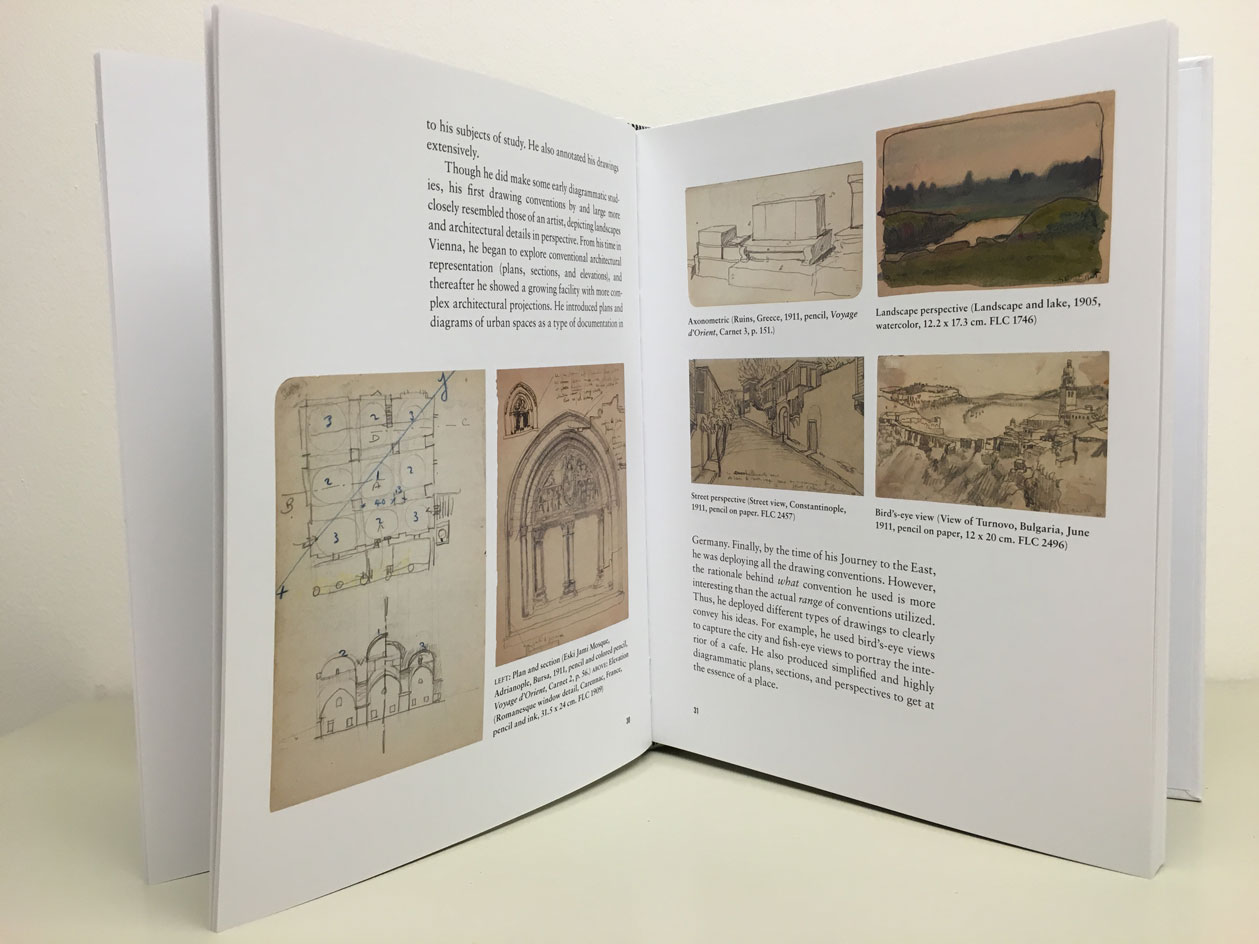
The man born Charles-Édouard Jeanneret in Switzerland, 1887, never attended university and had no formal architectural training. Pictured: different drawing styles, including bird's-eye views and landscape perspectives
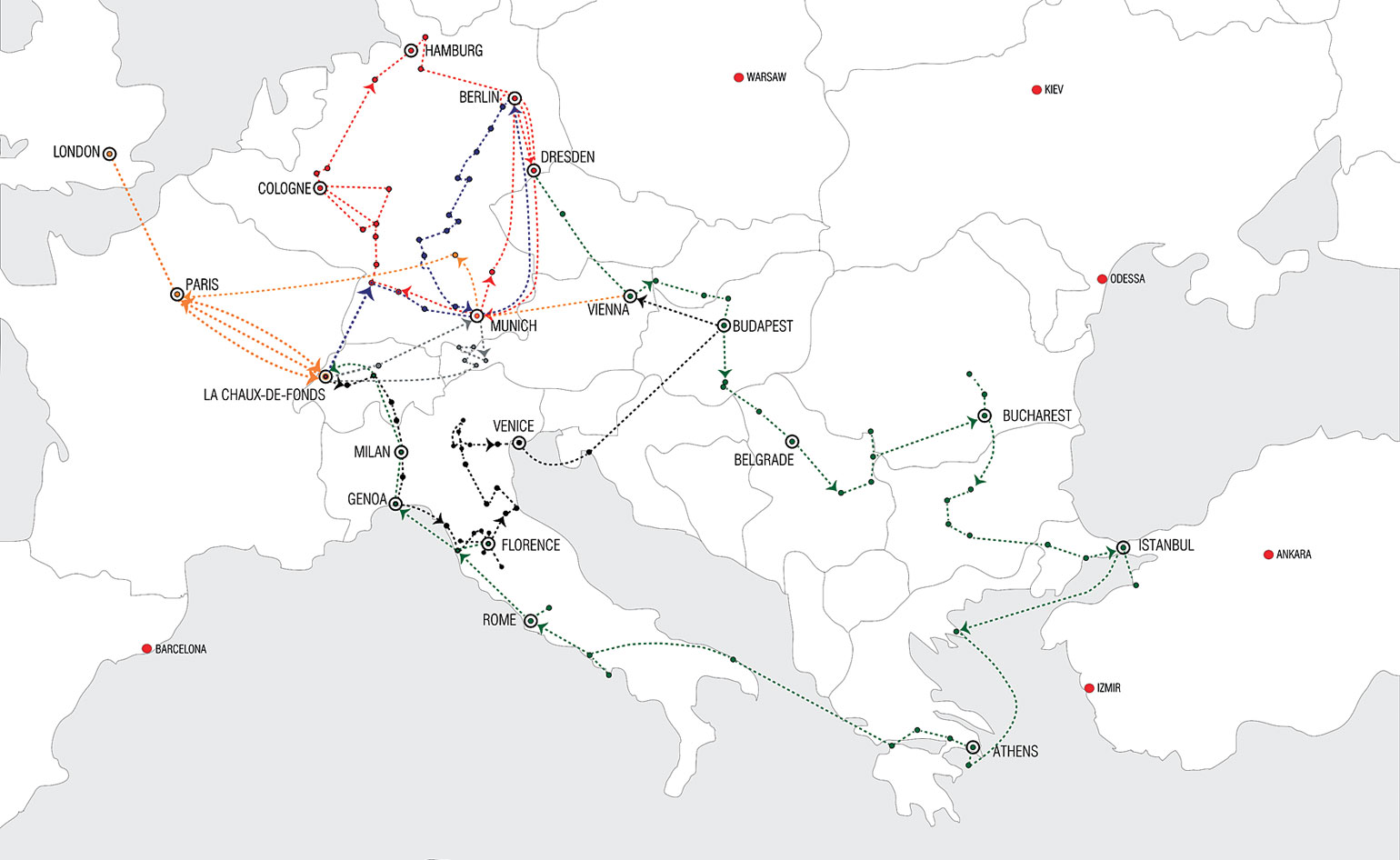
Pictured here are the journeys taken by Corb between 1902–1911: to La Chaux de-Fonds and through Italy, Europe, Germany and 'The East'
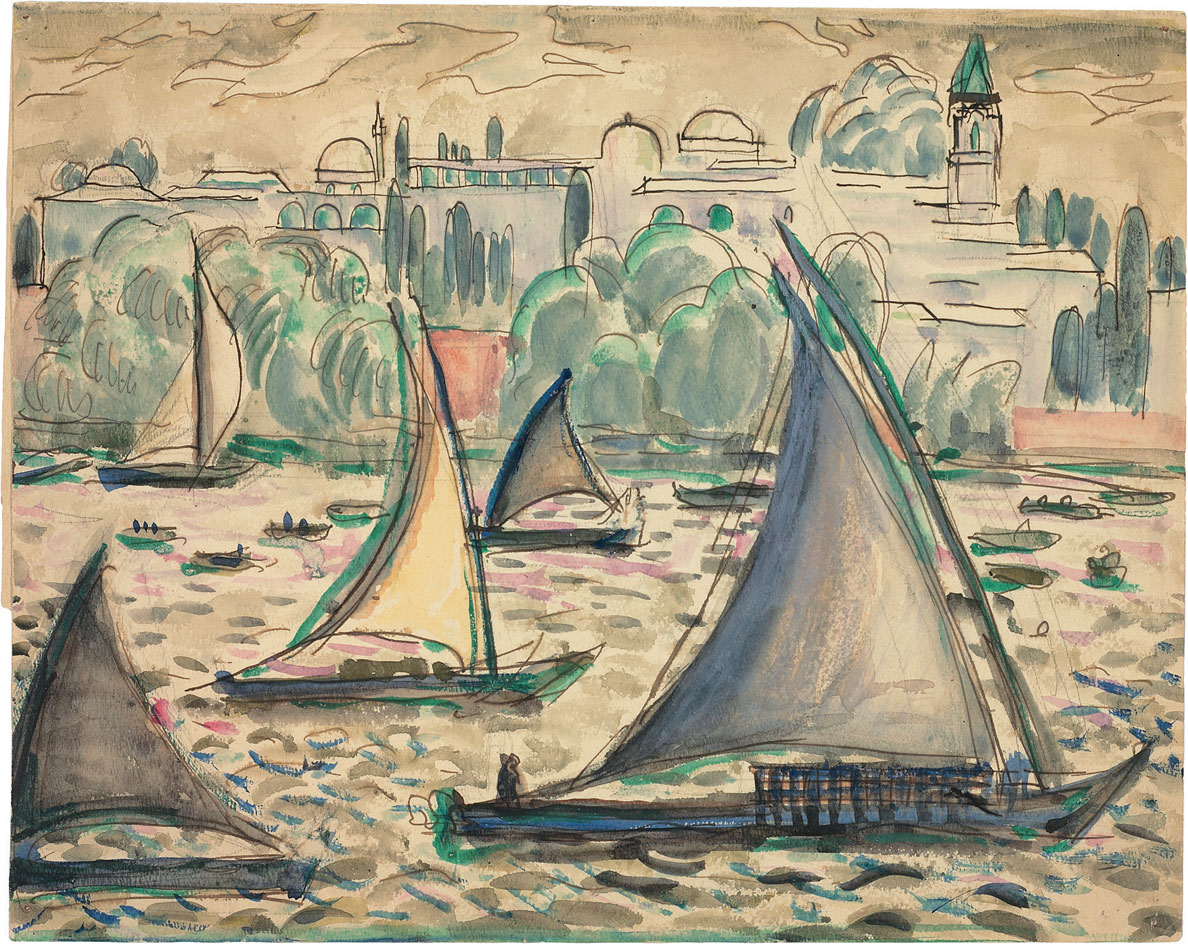
Sailboats in the Sea of Marmara, with Constantinople in the background, in pencil, ink and watercolour
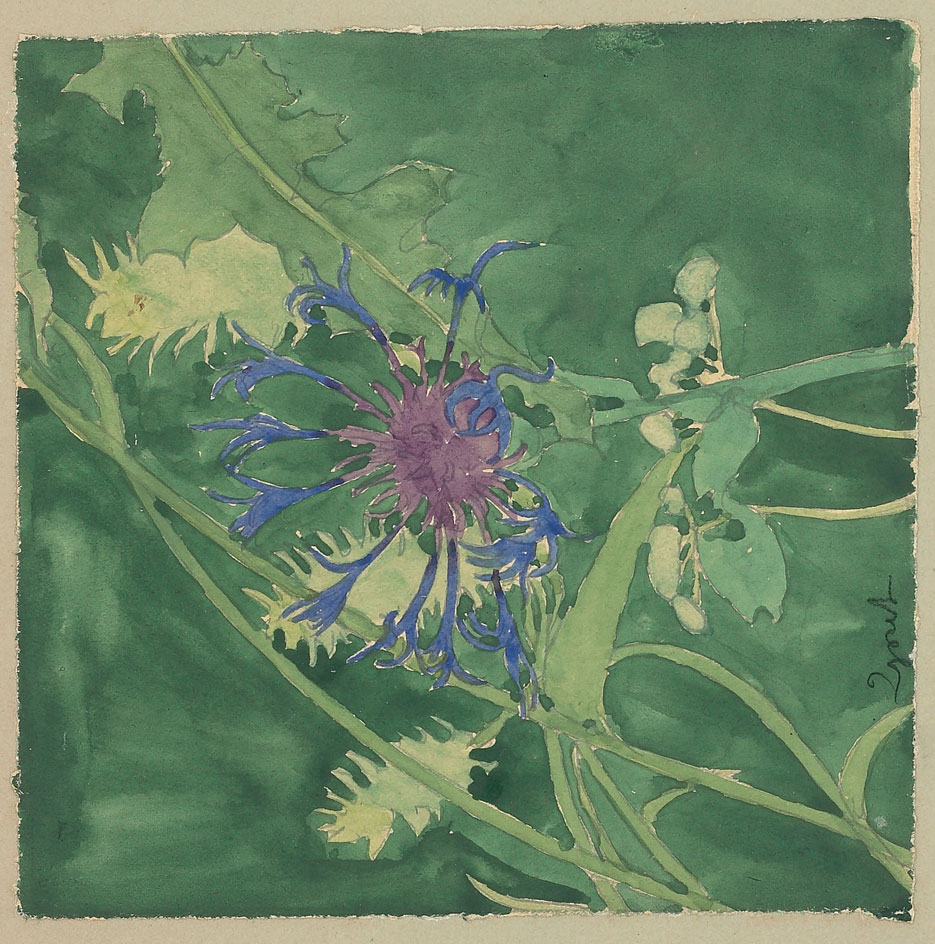
Flower studies, pencil and watercolour on paper
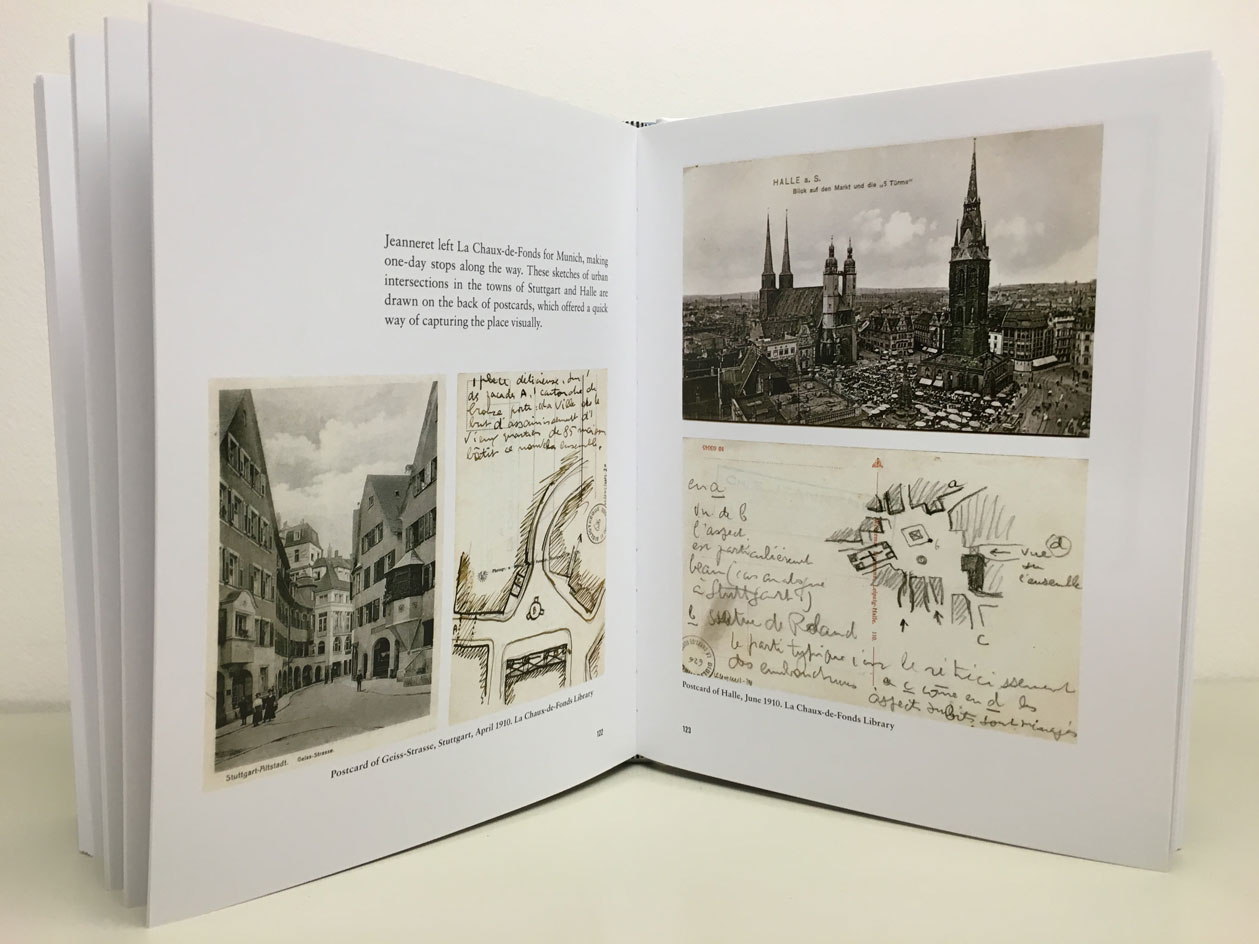
Sketches of urban intersections in the towns of Stuttgart and Halle. Left: Postcard of Geiss-Strasse, Stuttgart, April, 1910. Right: Postcard of Halle, June 1910. Both courtesy La Chaux-de-Fonds Library
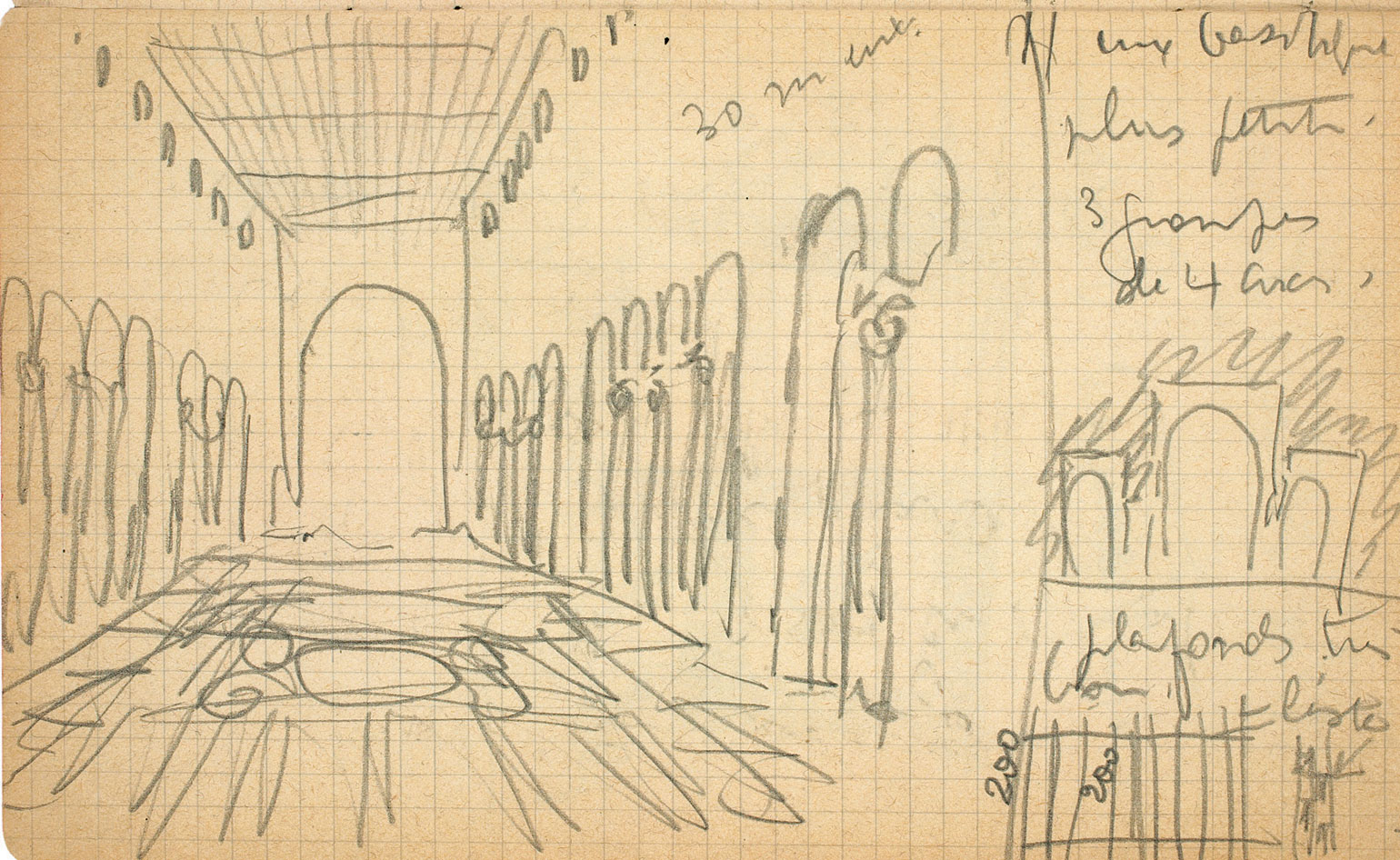
On his first trip to Italy in 1907, Jeanneret drew various church interiors. Pictured: Santa Maria in Cosmedin, Rome, sketched in pencil in 1911

Jeanneret's studies of geometry, pattern and ornament are shown in these details from churches in Italy. Left: Tabernacle detail (design by Andrea Orcagna) at Orsanmichele, Florence
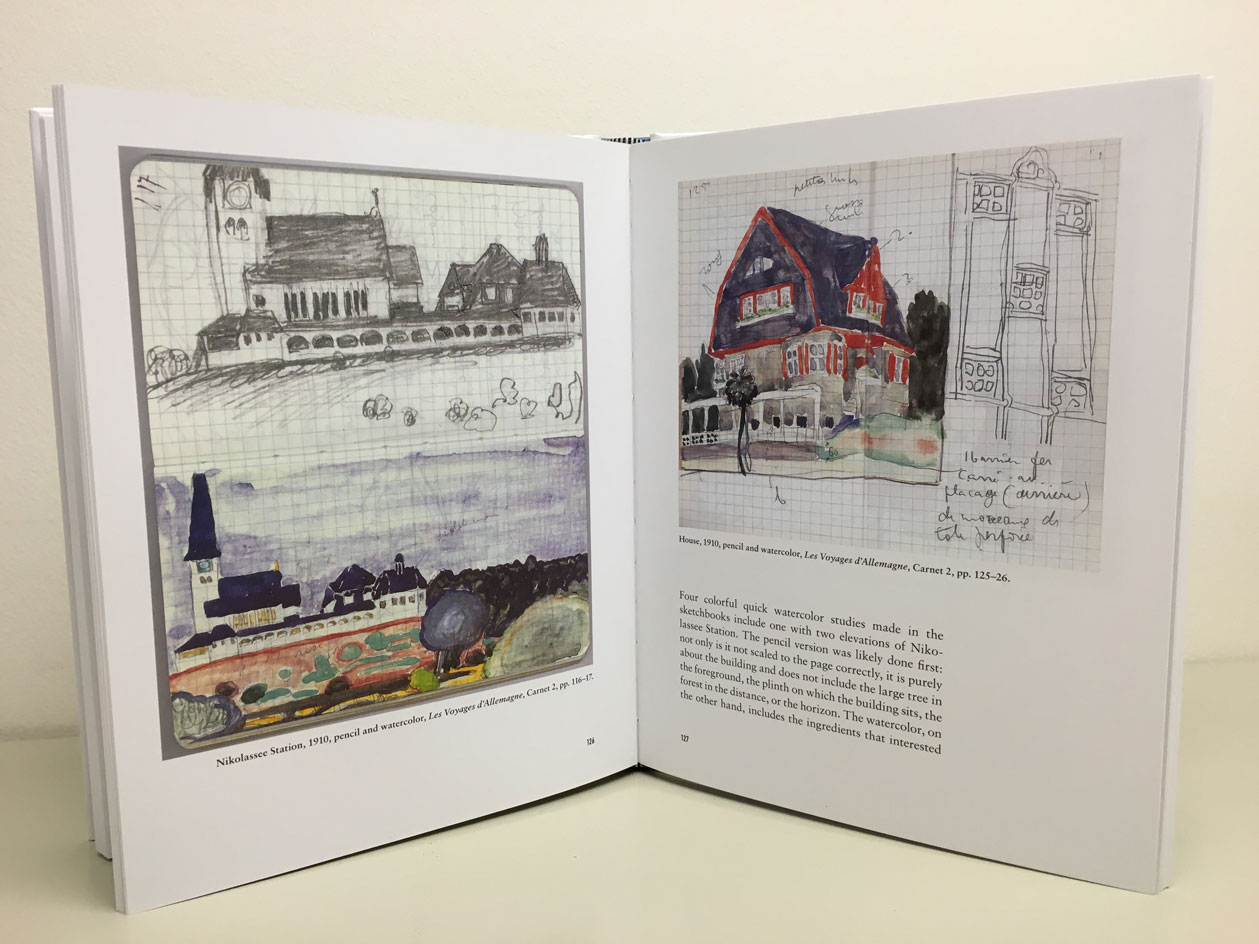
These watercolours were made during Jeanneret's first trip to Berlin, in the summer of 1910. Pictured left: Nikolassee Station, from Les Voyages d'Allemagne. Right: House, from Les Voyages d'Allemagne
INFORMATION
Voyage Le Corbusier: Drawing on the Road, by Jacob Brillhart, $35, published by WW Norton & Company. For more information, visit the publisher’s website
Photography: Jacob Brillhart
Receive our daily digest of inspiration, escapism and design stories from around the world direct to your inbox.
-
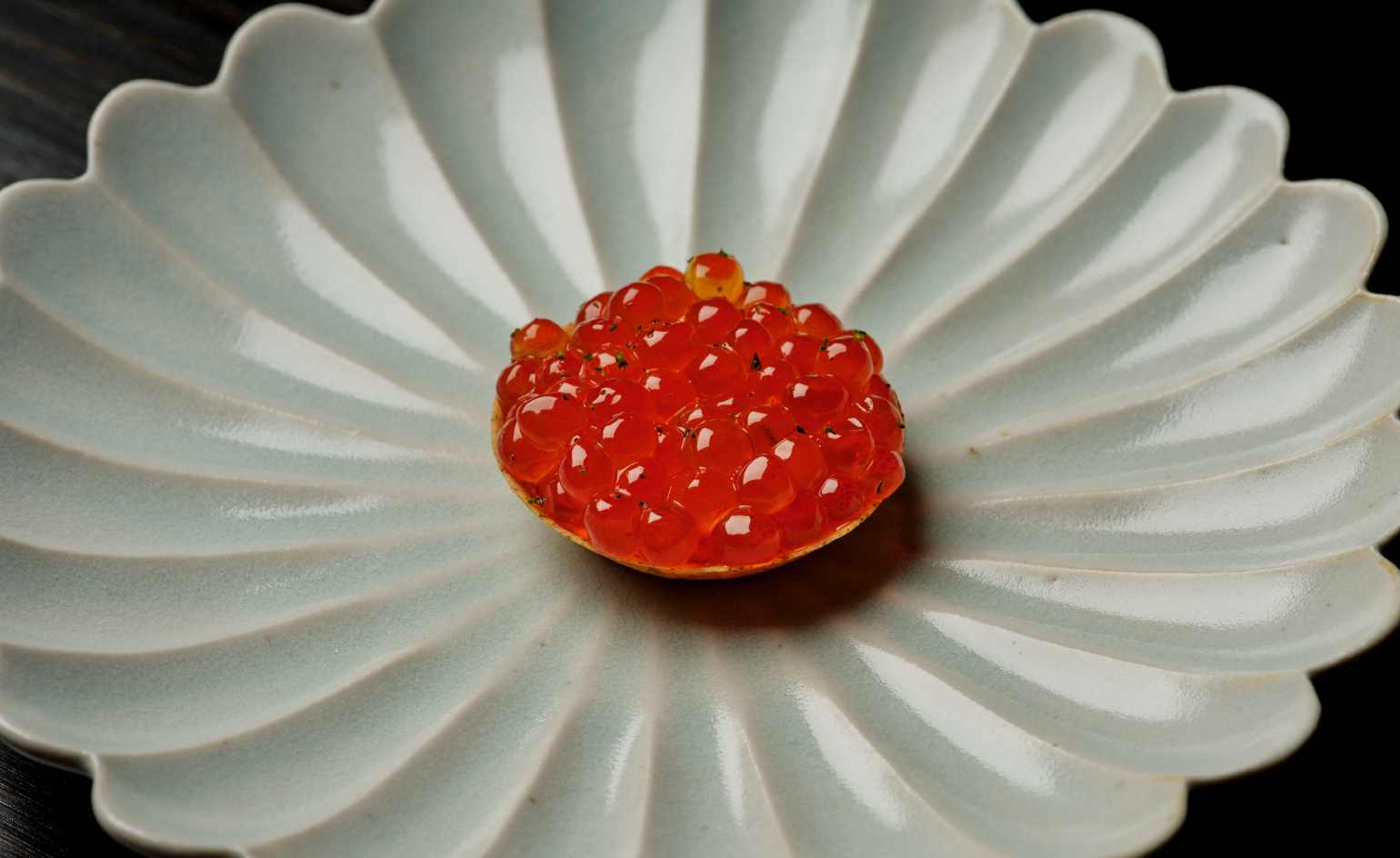 This cult Los Angeles pop-up restaurant now has a permanent address
This cult Los Angeles pop-up restaurant now has a permanent addressChef Brian Baik’s Corridor 109 makes its permanent debut in Melrose Hill. No surprise, it's now one of the hardest tables in town to book
-
 French bistro restaurant Maset channels the ease of the Mediterranean in London
French bistro restaurant Maset channels the ease of the Mediterranean in LondonThis Marylebone restaurant is shaped by the coastal flavours, materials and rhythms of southern France
-
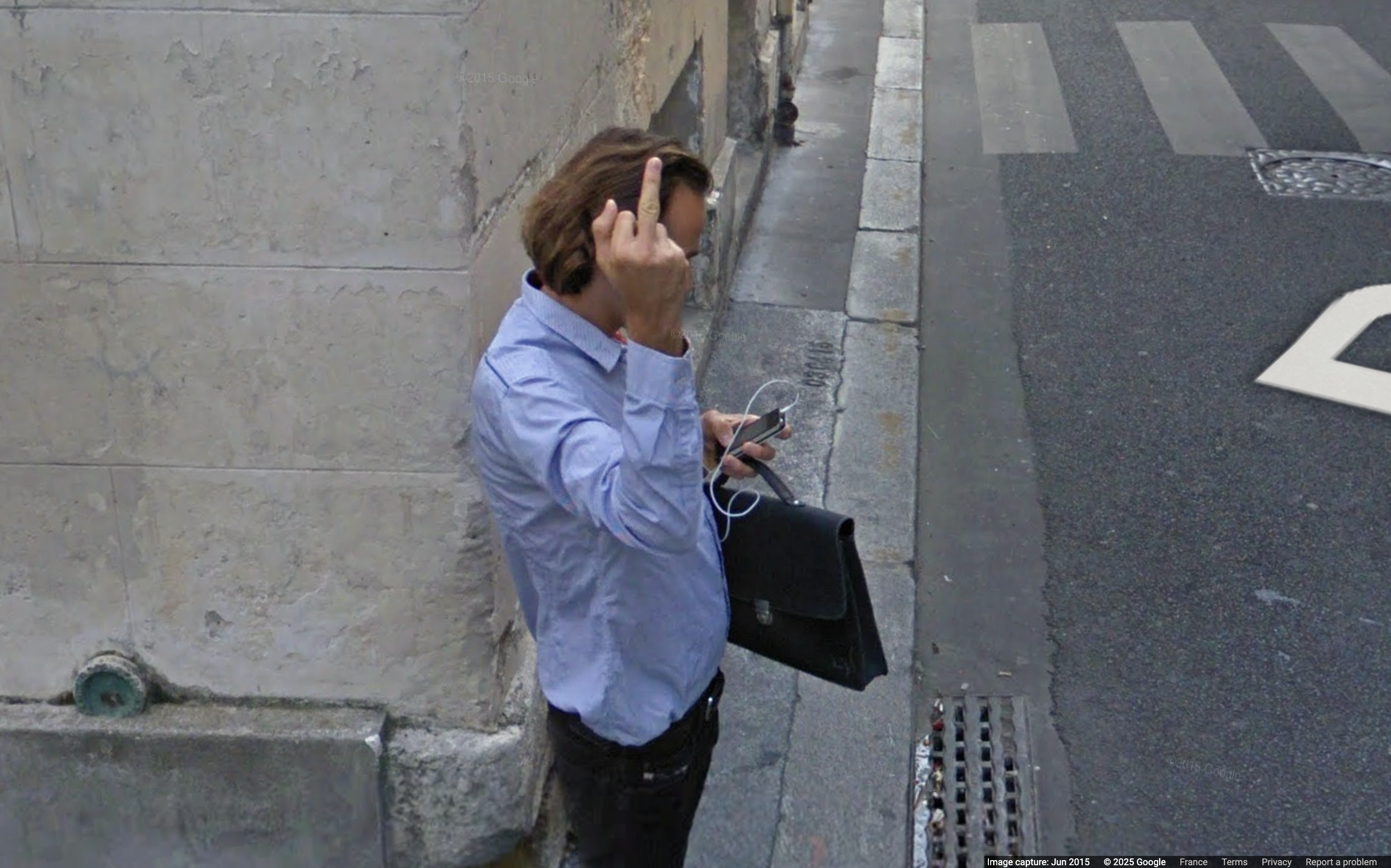 How ethical is Google Street View, asks Jon Rafman in Copenhagen
How ethical is Google Street View, asks Jon Rafman in CopenhagenIn 'Report a Concern - the Nine Eyes Archives' at Louisiana Museum of Art, Copenhagen, Jon Rafman considers technology's existential implications
-
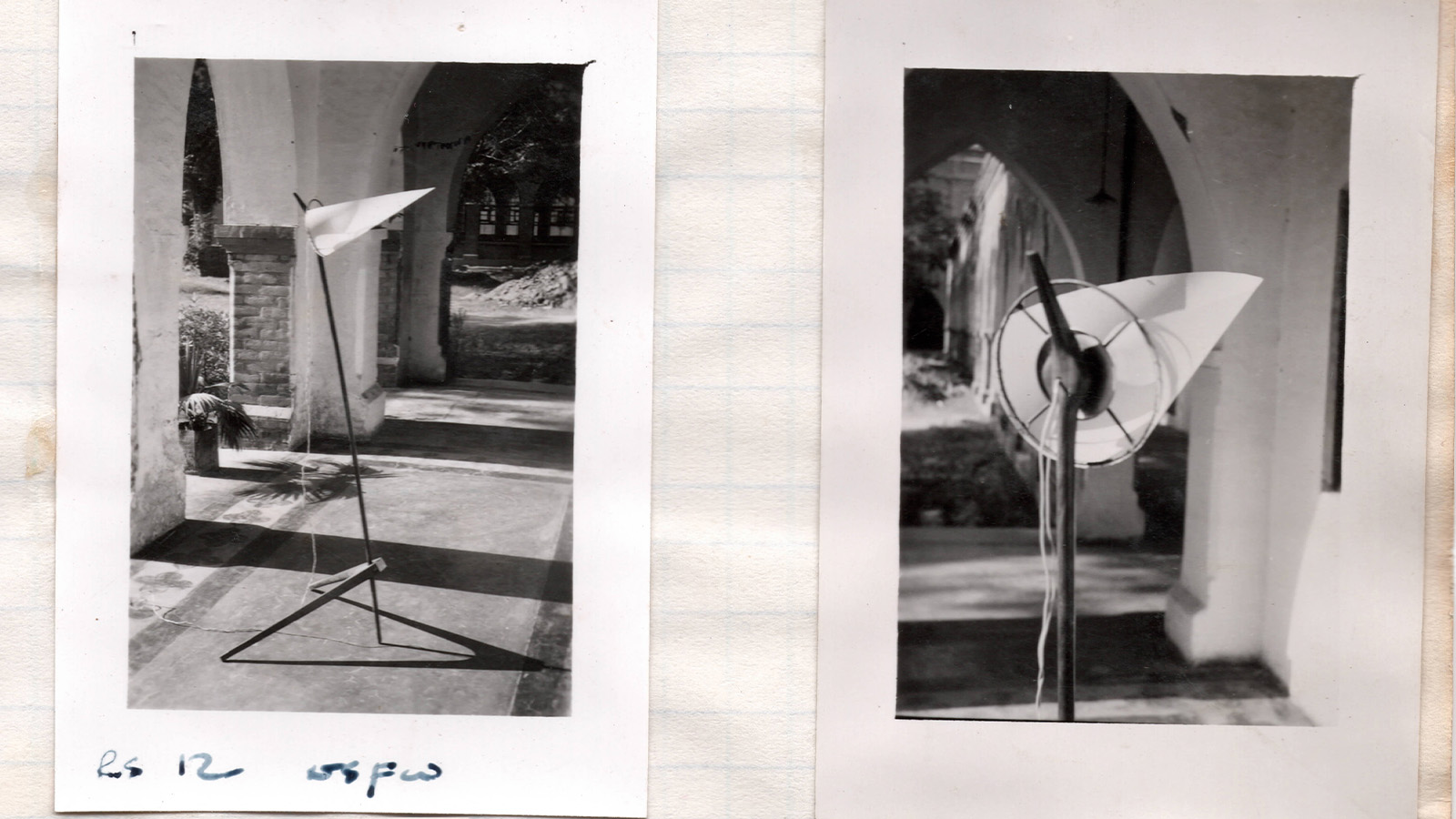 Pierre Jeanneret and Edward Armitage: tracing design inspiration in Chandigarh
Pierre Jeanneret and Edward Armitage: tracing design inspiration in ChandigarhBritish designer Joe Armitage set off for Chandigarh, India, to trace his grandfather Edward’s footsteps and recreate a photograph of the latter’s ‘Armitage’ lamp. A trail of intrigue around its inspiration lay in wait, as he reveals
-
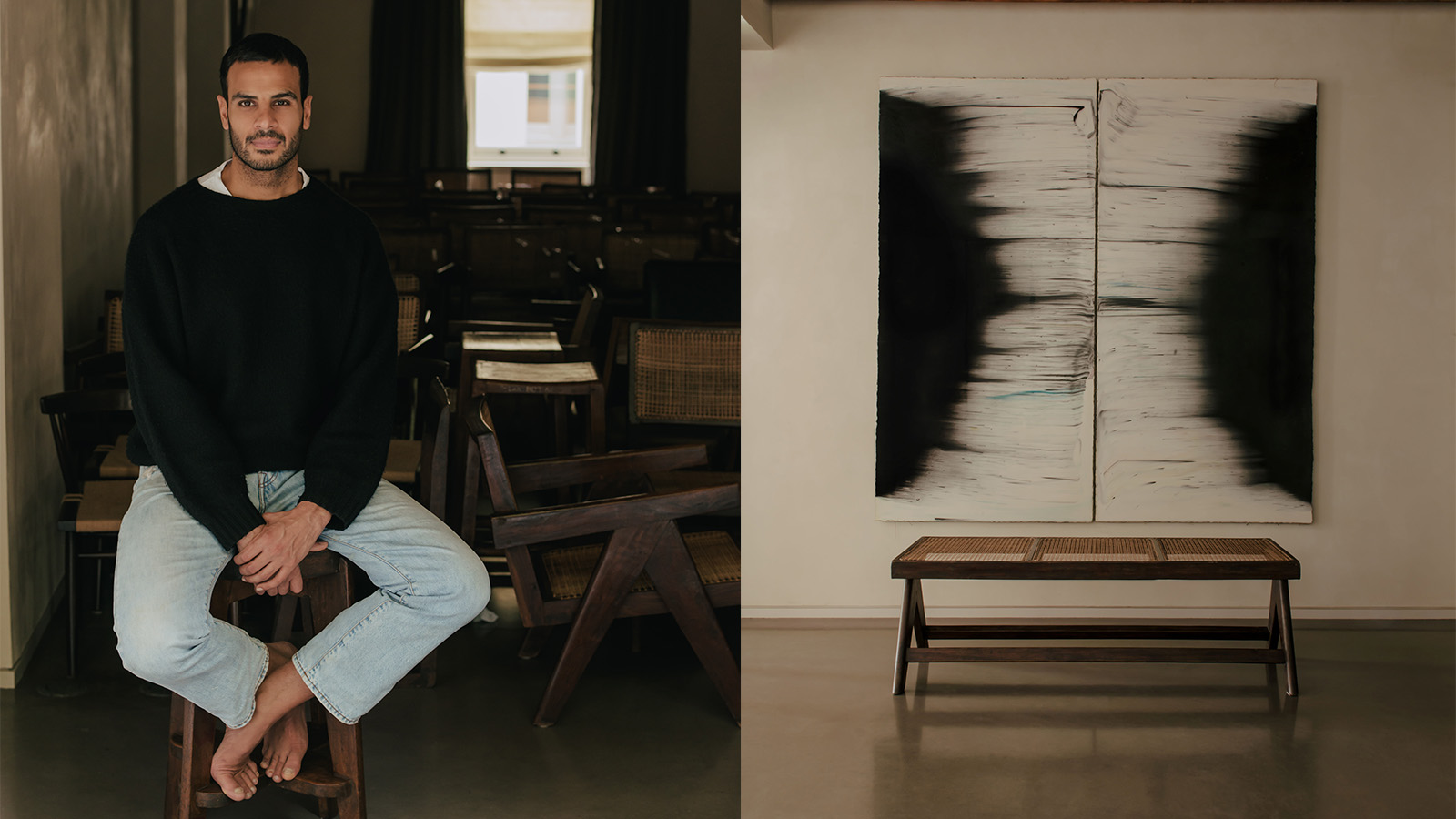 Pierre Jeanneret’s Chandigarh furniture meets South Asian diasporic art in an unusual London exhibition
Pierre Jeanneret’s Chandigarh furniture meets South Asian diasporic art in an unusual London exhibitionRajan Bijlani opens a show combining Pierre Jeanneret furniture for the Indian city of Chandigarh with works for sale by six artists of South Asian origin – in his own London townhouse
-
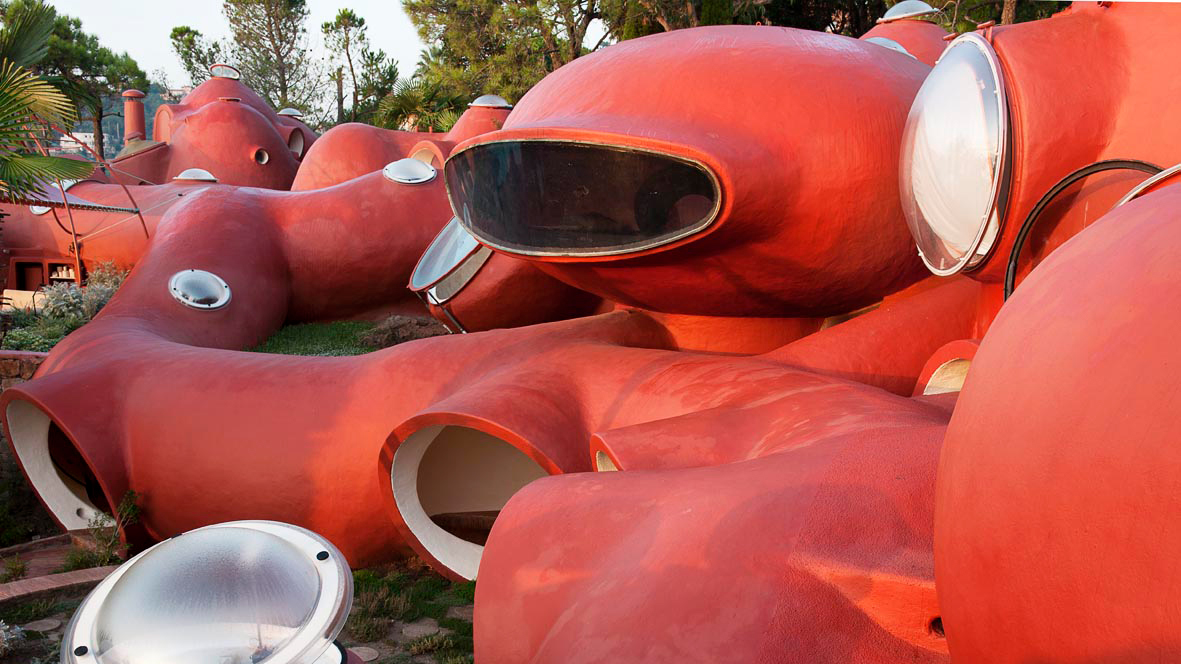 Marion Vignal on curating sensation-oriented experiences in 20th century French interiors at Maison Bernard
Marion Vignal on curating sensation-oriented experiences in 20th century French interiors at Maison BernardMarion Vignal's non-profit Genius Loci seeks to discover new insights and reflections on heritage through artistic site specific experiences
-
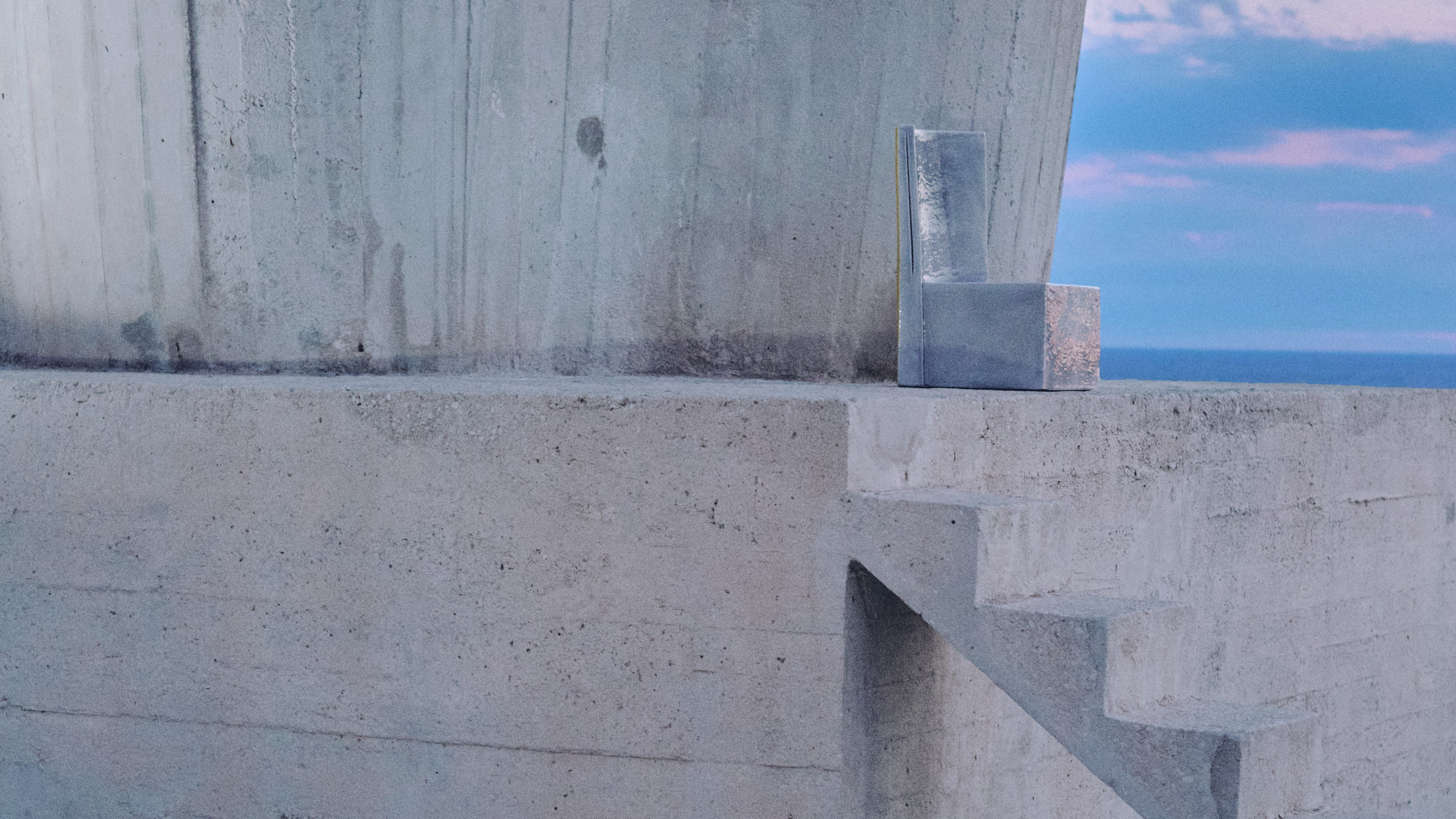 First look: French designers Marie & Alexandre move in for the summer to Marseille's Cité Radieuse
First look: French designers Marie & Alexandre move in for the summer to Marseille's Cité RadieuseEscaping The Olympics in Paris momentarily, we head to Le Corbusier’s celebrated housing block in Marseille, where Apartment 50’s exhibition concept returns for another immersive show of collectible design.
-
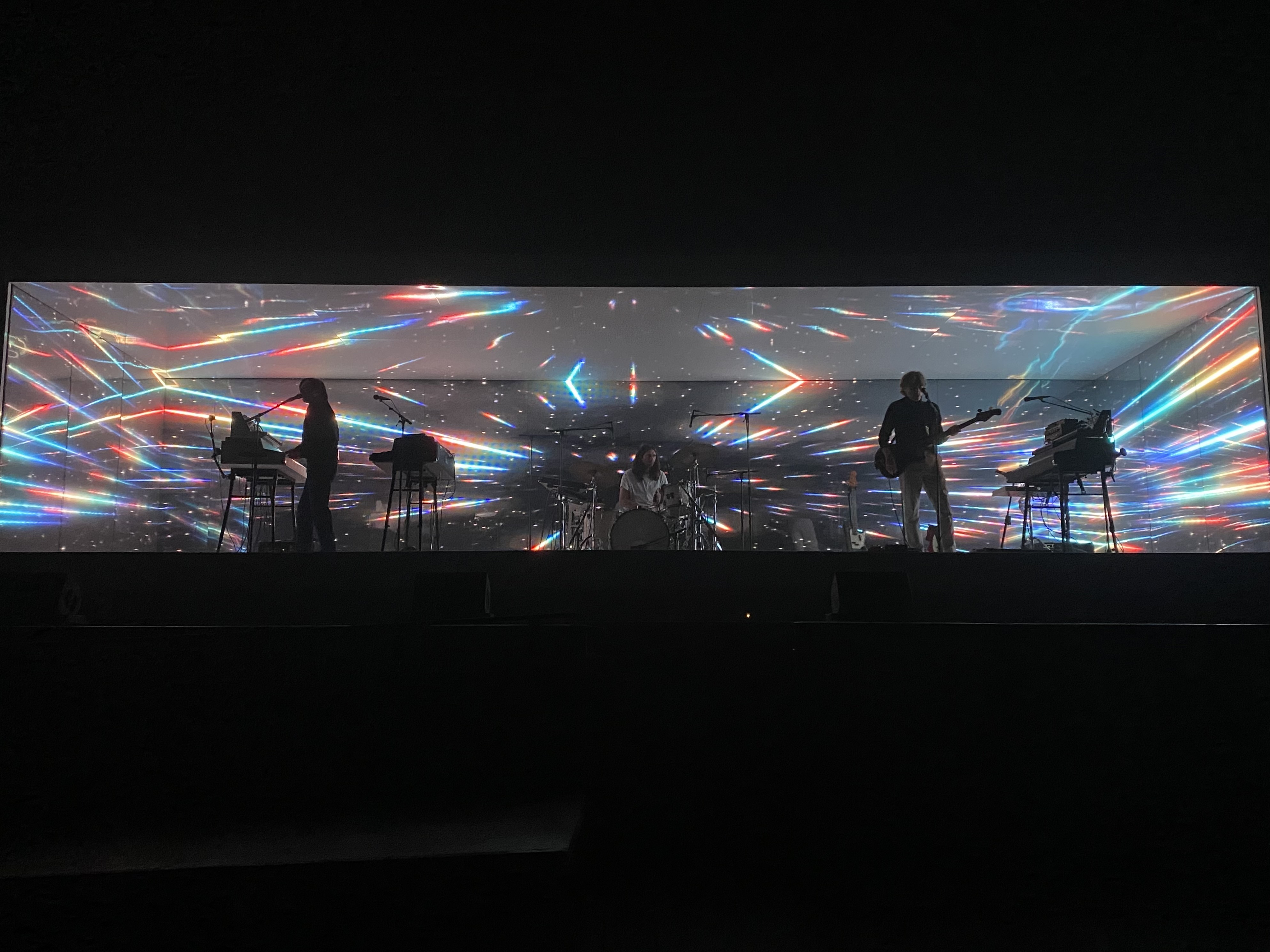 ‘Air Play Moon Safari’ is an audio-visual, retro-futuristic experience
‘Air Play Moon Safari’ is an audio-visual, retro-futuristic experienceWith the ‘Air Play Moon Safari’ tour in full swing across Europe, the USA and Mexico for the rest of 2024, we explore the design of the French band's White Box stage
-
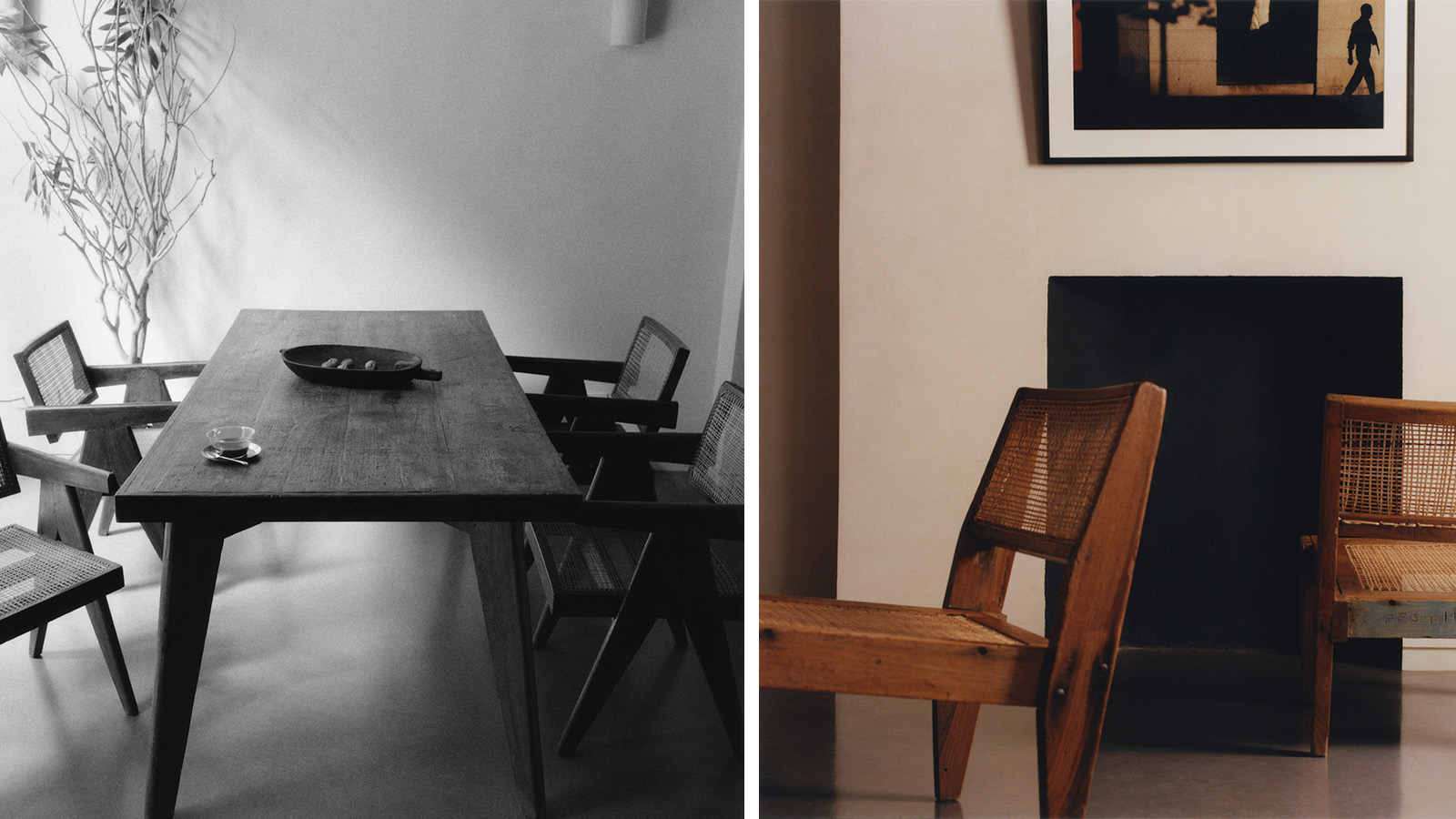 Rajan Bijlani’s design collection is inspired by a mission to conserve the Chandigarh legacy
Rajan Bijlani’s design collection is inspired by a mission to conserve the Chandigarh legacyBritish-Indian collector Rajan Bijlani’s collection of unseen Le Corbusier and Jeanneret Chandigarh furniture collection is given new life
-
 Mountain apartment by Lissoni & Partners is a blank canvas for an art collector
Mountain apartment by Lissoni & Partners is a blank canvas for an art collectorA serene blank canvas for an art collector, this mountain apartment by Lissoni & Partners features discreet palettes that form the backdrop to the owner’s art collection
-
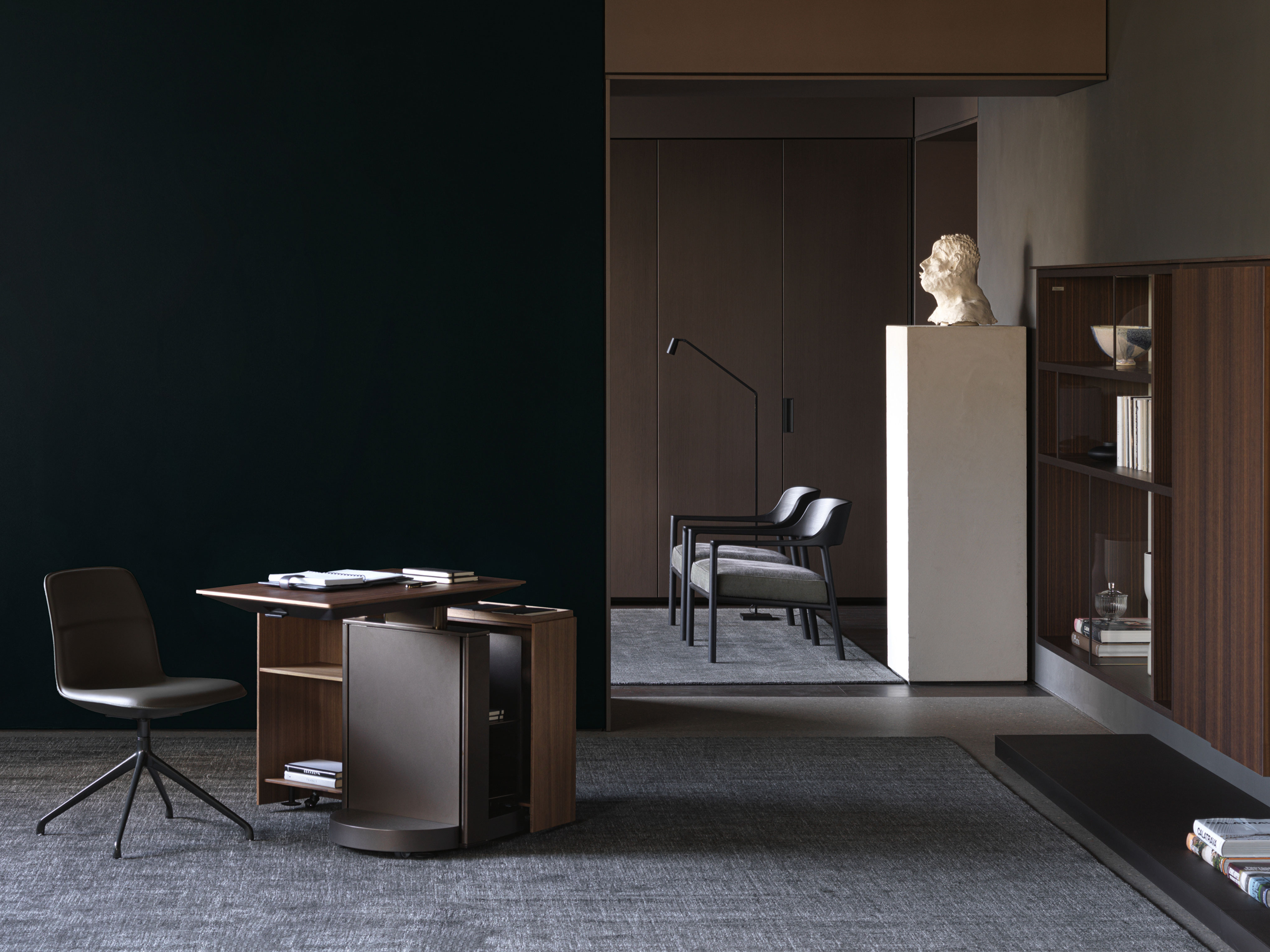 These home office desks will work wonders in your space
These home office desks will work wonders in your spaceRefine your workspace with our edit of contemporary home office desks to buy now, from multifunctional pieces to design classics, small desks and simple work tables that help keep your study organised